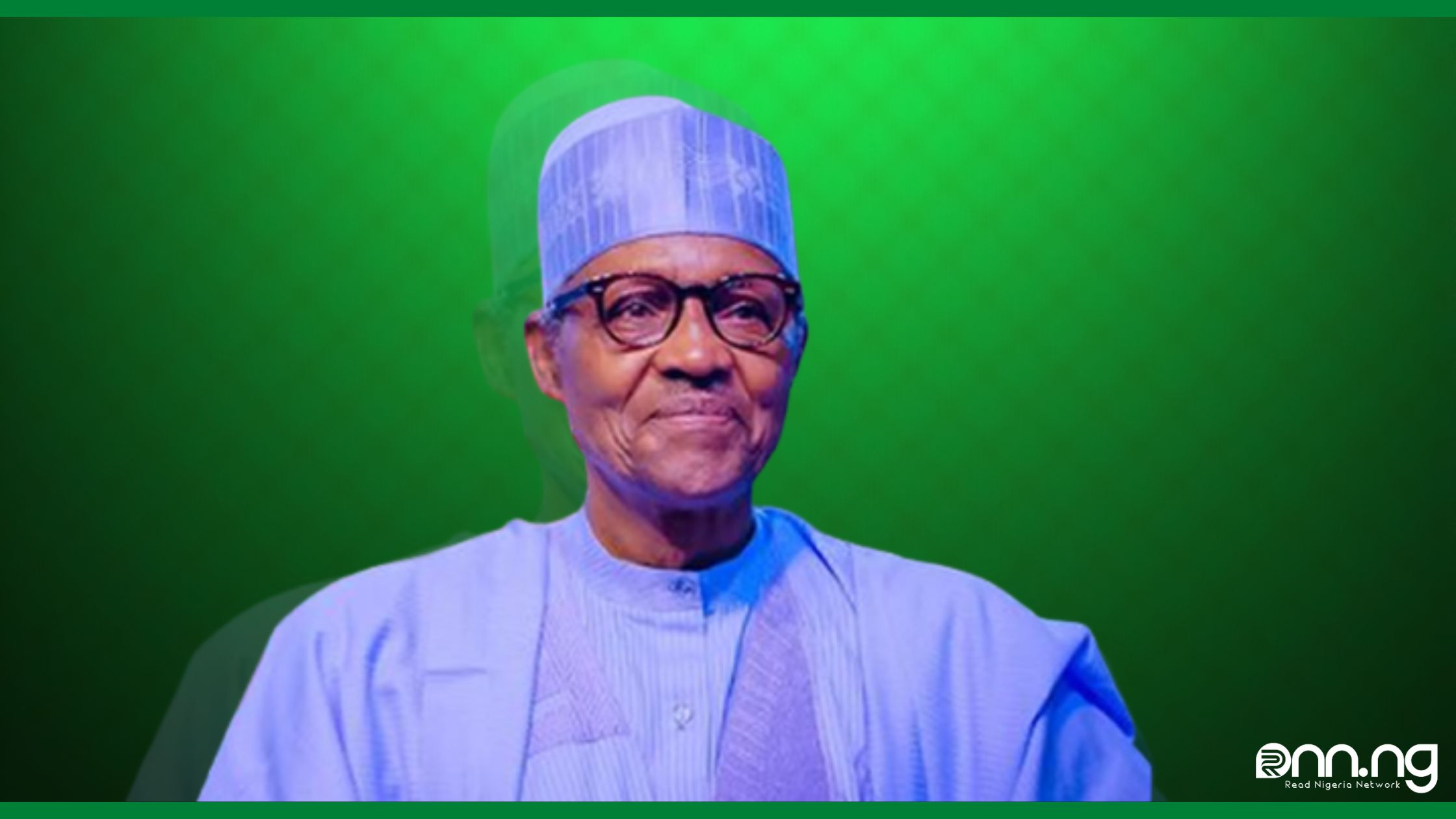Latest News
Nigeria’s external debt rises to $40 Billion under Buhari
Nigeria’s external debt has risen to has risen from $10.32 billion on June 30, 2015, to $40.06 billion as of June 30, 2022.

Nigeria’s external debt has risen to has risen from $10.32 billion on June 30, 2015, to $40.06 billion as of June 30, 2022. This was revealed in the external debt stock reports by the Debt Management Office. It is no longer news that Nigeria’s public debt has risen the most under the Buhari administration when compared to previous governments since 1999.
The country’s external debt has grown four times more than the combined figure recorded by the past three administrations. While the Obasanjo government met $28 billion as foreign debt in 1999, it left $2.11 billion in 2007 after successfully securing a write-off by the London and Paris clubs of foreign creditors. The Yar’adua/Jonathan government added $1.39 billion to what they met, and the Jonathan government incurred an additional $3.8 billion, taking the country’s total foreign debt to $7.3 billion when the administration came to an end in 2015.
As of the 30th of June 2022, Nigeria’s external debt has reached $40.06 billion, meaning an extra $32.76 billion had been accumulated under the Buhari administration — four times the combined amount by past governments since 1999. A breakdown shows that in 2015, 36 states had $3.27bn external debt while the Federal Government had $7.05bn. By 2022, states’ external debt rose to $4.56bn, while the Federal Government’s external debt increased to $35.5bn.
The debts included loans from multilateral sources such as the World Bank, the African Development bank, and the International Monetary Fund. They also included bilateral loans from China, France, Japan, Germany, and India, as well as commercial sources including Eurobonds and Diaspora bonds.
Read More:
- List of Assets That Will Be Sold by FG to Fund The 2023 Budget Deficit
- 10 Nations of the world with the highest debt rate ever
- By the end of the year, Nigeria’s borrowing is going to be in excess of ₦16 trillion – Obaseki
Nigeria’s external debt ballooned as the naira lost value, increasing Nigeria’s debt service burden and worsening its ability to service debt. The International Monetary Fund recently said that the long-term rate of the depreciation of the naira equated to a loss of 10.6 percent of its value annually since 1973.
According to the IMF, this rate was 1.5 times higher than the long-term rate of the currencies of other emerging markets and developing economies at 7.2 percent and sub-Saharan Africa at seven percent over the same time period.
The IMF said, “Its exchange rate underwent more persistent depreciation. Nigeria’s long-term rate of currency depreciation (on average 10.6 percent annually since 1973) was 1.5 times higher than both EMDE (7.2 percent) and SSA (seven percent). Given the limited availability of long-term data, it is difficult to estimate the exact reasons.”
Experts have warned that the country’s high external debt would impose a huge debt service on the economy, especially at a period, when the country is experiencing low revenue from oil sales. They also warned the government to service its foreign debt at the current level because a constant increase in debt without a corresponding increase in foreign currency earnings will put the country in a difficult position.
